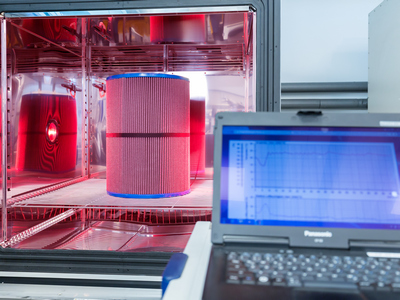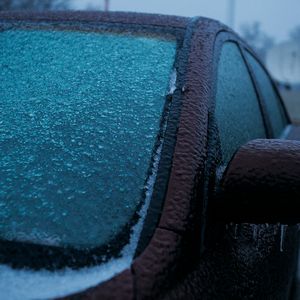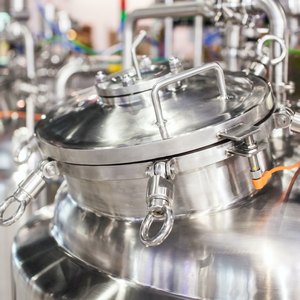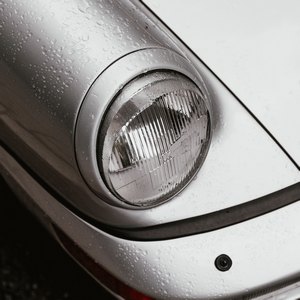Climatic Testing – Temperature & Humidity Simulation
Climatic testing and temperature storage is the simplest form of providing a defined air temperature (temperature storage) or in the somewhat higher level of providing a defined air temperature with a certain amount of dissolved water (relative or absolute humidity - climatic testing / icing).
Climatic testing provides information on corrosion behavior, performance and service life of your products.
With climatic test chambers of various types, dry heat as in the desert can be realized as well as humid warm climate corresponding to the tropics.
In order to obtain information on reliability or weak points at the time of market launch, products are tested in various climates.

- DIN EN 60060-2-1 Test A
- BS 2011 Part2 Test A
- VG 95332 sheet 3 / - sheet 22
- MIL-STD 810 Meth. 502
- MIL-E-5272 test 4.4
- DIN SPEC 79009
- DIN EN 60068-2-2 Test B
- DIN EN 60068-2-30
- DIN EN 60068-2-38
- DIN EN 60068-2-78
- BS 2011 Part 2 Test B
- VG 95332 sheet 4 / - sheet 23
- VG 95210 Meth. 108
- MIL-STD 810 Meth. 501
- MIL-STD 883 Meth. 1008
- MIL-E-5272 test 4.1
- MIL-STD 202 Meth. 108 A
- automotive standards (BMW, VW, etc.)
A dew test, for example, can be used to test paints and other surface coatings. Electronic assemblies can exhibit migration behavior with live components, which can lead to failure symptoms due to the reduction in insulation.
Certain plastics absorb water in moist heat and can thus change their shape.
Electronics embedded in films can cause failures due to the diffusion of water. Examples here are the infiltration of CD coatings or the destruction of OLEDs.
In combination with different scenarios of a humidity change test, time lapses can be realized to determine the lifetime of your products.




